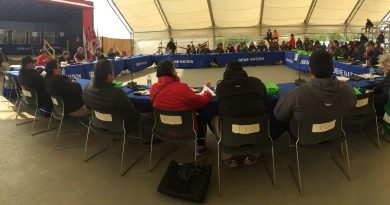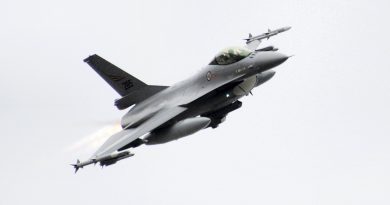Norway, Russia find peace in cod

The two countries have together managed the rich fish stocks in the Barents Sea for almost half a century. Now, they again engage in their annual joint marine research expedition.
Political tensions between Moscow and Oslo appear not to affect the decades-long fisheries management cooperation between the countries. The Norwegian-Russian cooperation proceeds as planned, the Norwegian Marine Research Institute underlines to BarentsObserver.
On 12th August, the Norwegian research vessel “Johan Hjort” set off from the port of Tromsø to start the collection of marine data in the Barents Sea. It will soon be joined by another three vessels, two Norwegian and one Russian.
“The difficult political situation does not much affect us”, Knut Sunnanå says to BarentsObserver. “We continue our research as before and our cooperation with [Russian partner] Pinro is not disturbed by the situation”, he adds.
As previously reported, other research institutes are currently experiencing problems in cross-border research activities with Russia, among them the Norwegian Polar Institute’spolar bear count this year.
Fish stocks and marine data
The four ships will over the next weeks crosscross the Barents Sea to get a status update of stocks and the marine ecosystem. The data collected will be of key importance for the two countries’ setting of regional fisheries quotas.
According to Sunnanå, the Norwegian vessels have not requested permission to enter the Russian Economic Zone as part of the expedition, but will cross the two countries’ delimitation line further north, in the socalled “Loop Hole”. When in the Loop Hole, the Norwegian vessels will avoid the use of trawl and take no samples from the Russian sea bed, he says.
We are exploring the whole Barents Sea, from A to Z, the marine researchers say. Among their prime interest this year are water temperatures, plankton and the stocks and places of habitation of cod, haddock and other species. In addition, they will register cases of garbage and waste, as well as do analysis of chemical pollution and radioactivity.
The Norwegian Marine Research Institute has since 2003 conducted annual expeditions in the Barents Sea. The findings are used extensively by both the Norwegian-Russian Joint Fishery Commission and the Norwegian-Russian Environment Commission.
As illustrated by figures from Patchwork Barents, the regional data portal, cod quotas in the Barents Sea has over the last years boosted following the growings stocks in the area.
Related stories from around the North:
Canada: The return of the Arctic Five, Blog by Heather Exner-Pirot
Greenland: Arctic countries ban fishing around North Pole, Alaska Dispatch News
Iceland: Iceland blasts Arctic Five for exclusion from fishing agreement, Eye on the Arctic
Norway: Norway-Russia fishery expedition finds abundance of cod, decline in other species, Barents Observer
Sweden: Record numbers for Swedish wild salmon, Radio Sweden
Russia: Oryong 501 sinking highlights Arctic fishing, shipping issues, Blog by Mia Bennett
United States: Ice retreat threatening Bering Sea pollock, Alaska Public Radio Network



